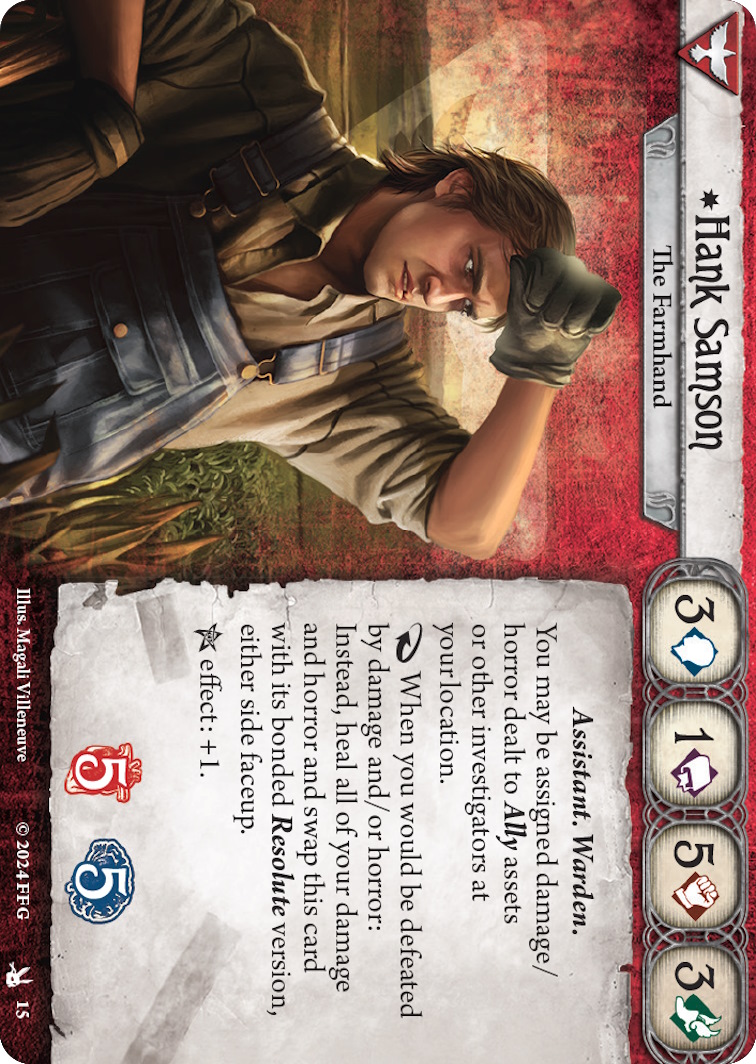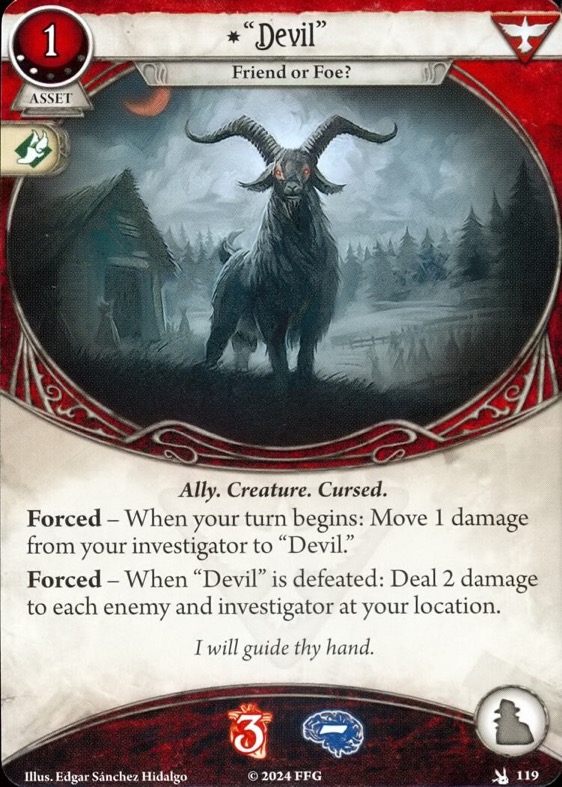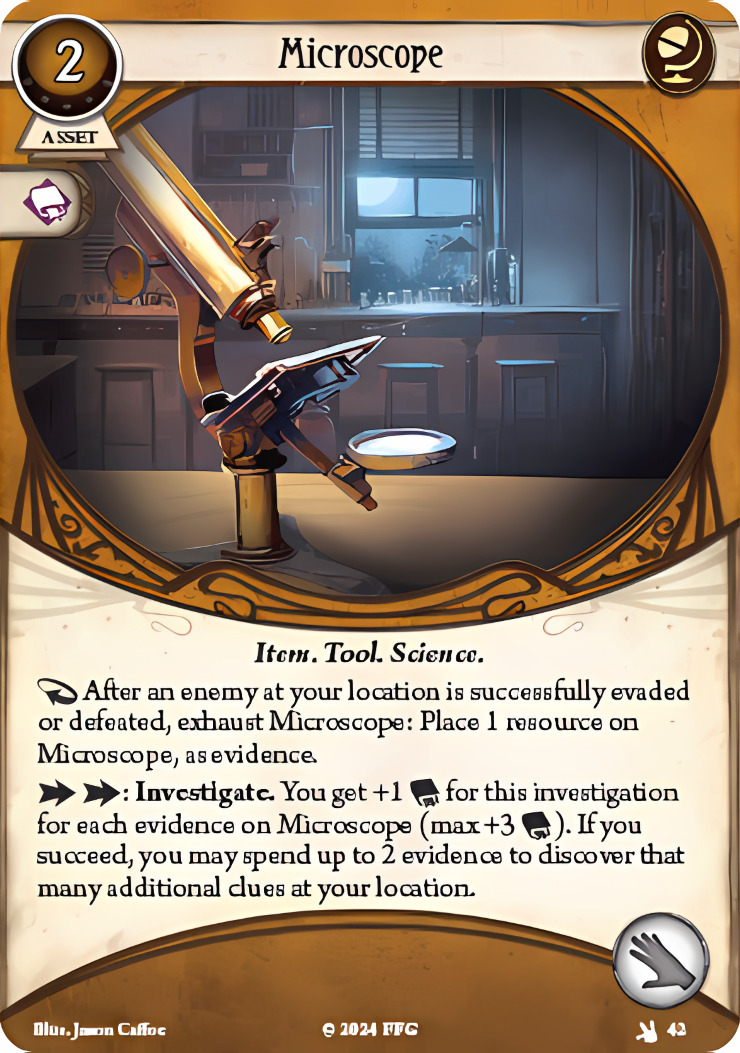
Some rules I had reviewed when trying out Hank for the 1st time, collected for your reference :
- Engaged enemies attacks in order of your choosing. Each attack "dealt" damage / horror, then you have to go through assign then apply, then you continue to the next enemy's attack. Hank's full heal ability can be triggered in the apply step inside each attack. This allow you to intentionally take smaller enemy attacks first such that you goes to the brim (4/4) before taking the biggest hit the last to go way past 5/5, then perform full heal.
- When using Hank's ability to tank for others, you must place damage / horror tokens on Hank Samson card and not any other soak assets he has. The "dealt" occurs to other investigator, when they are going through their assign step (which they can assign to their own soaks as normal), the ability additionally allow using Hank Samson card as if he is their own soak asset. "You" in Hank's ability does not allow using any other assets Hank controls, "you" only works that way in response to taking / being dealt step, this is already the assign step.
- The Ally clause allow Hank to take hits for treacheries/ability that specifically said to deal damage/horror to Ally asset. (Worded like on Beat Cop (2), Field Agent, ...) But if it said deal "direct" damage/horror to Ally then you can't. (Like TCU Spoiler.) Hank's ability work in assign step and direct damage/horror rule said it "cannot be assigned or re-assigned elsewhere".



